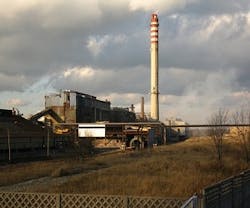Air Toxics Emissions Standards for Secondary Lead Smelters
The EPA is proposing stronger air toxics standards for secondary lead smelters, with the intention of improving air quality and protecting people from dangerous emissions. These new standards take aim at lead and arsenic emissions, and would also require facilities to control emissions of dioxins for the first time in history.
The current standards, issued in 1997, have already had a significant impact on secondary lead smelter facilities. The new proposed standards are expected, if implemented, to reduce lead and arsenic emissions by 63%.
The EPA proposal would allow these facilities the option to choose the most practical and cost-effective technology to bring emissions down to the desired level.
Currently, there are less than 20 secondary lead smelting facilities in the United States that would be covered by this proposal. A final rule on these standards is expected in December, 2011.
Are You Disclosing Lead Paint Information?
